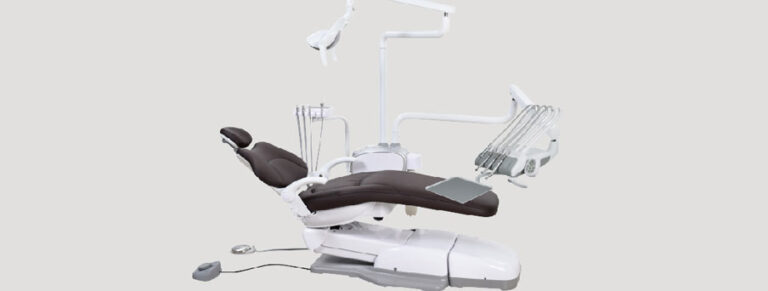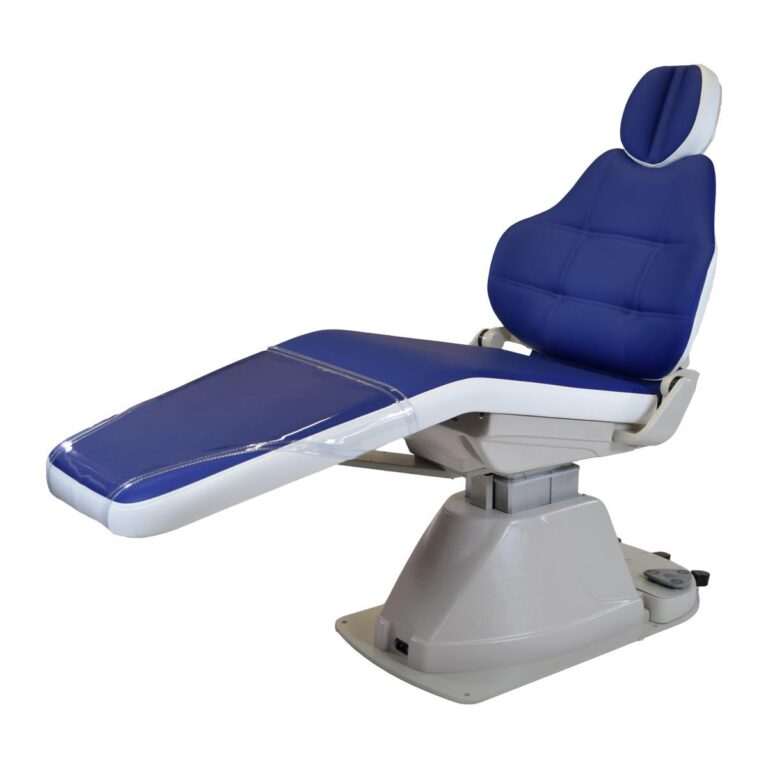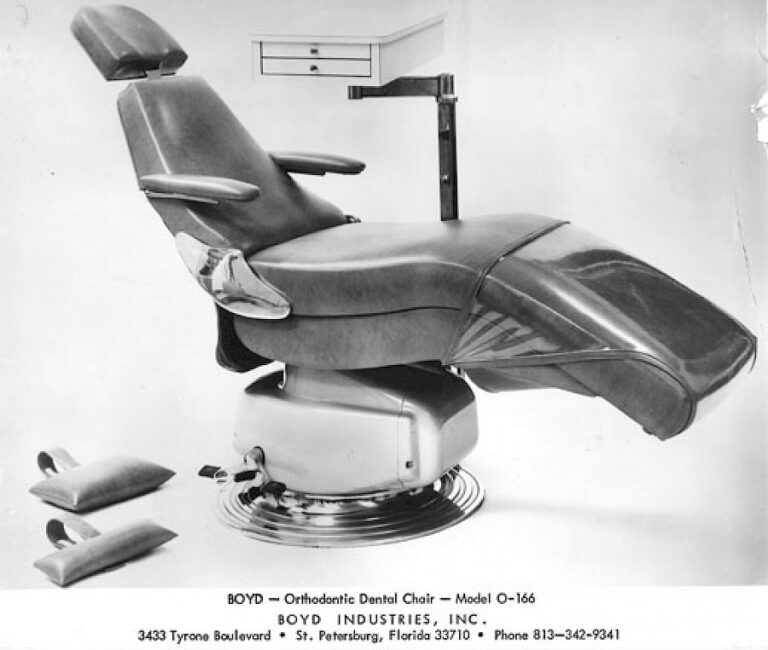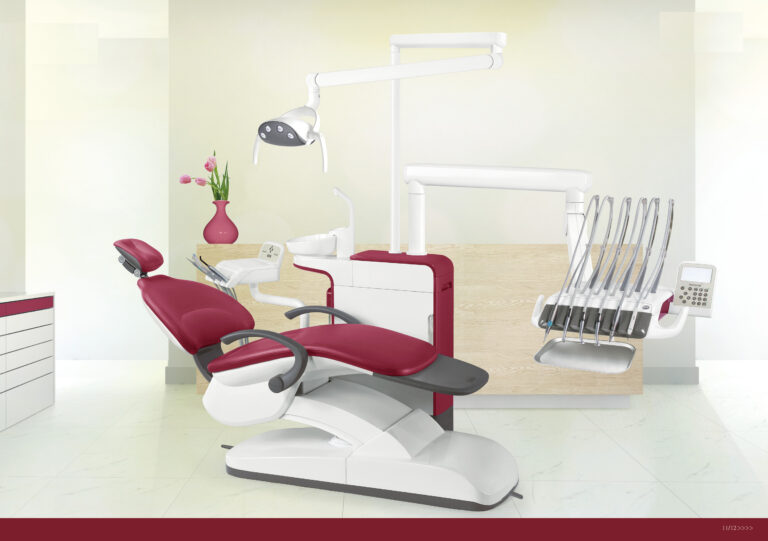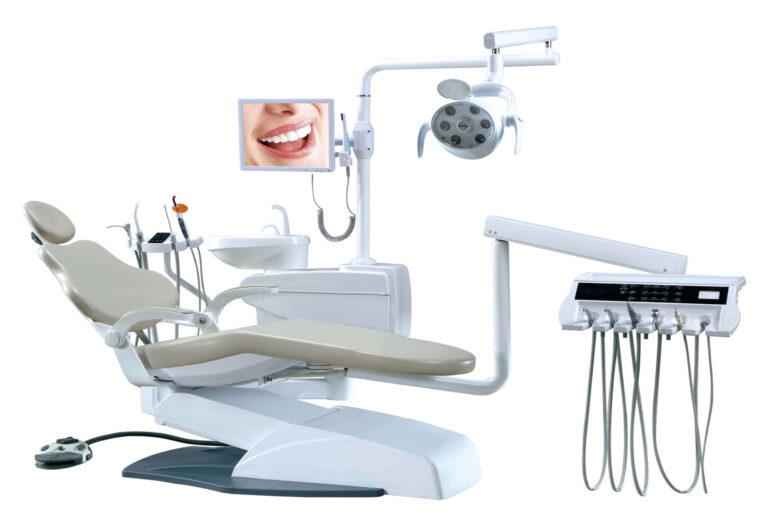In the fast-paced world of dentistry, having a reliable and efficient vacuum system is crucial for maintaining a smooth workflow and providing top-notch patient care. As we move into 2024, the advancements in dental vacuum technology have revolutionized the way dental practices operate, offering enhanced performance, improved hygiene, and cost-saving benefits. In this comprehensive guide, we’ll explore the latest trends in dental vacuum systems and provide insights on how to choose the perfect system for your practice, ensuring optimal efficiency and patient satisfaction.
The Evolution of Dental Vacuum Systems in 2024
- Eco-Friendly and Water-Saving Solutions
- Dry vacuum systems have gained popularity due to their water-free operation, significantly reducing water consumption and waste.
- Some wet vacuum systems now incorporate water-saving technologies, such as water recycling systems, which can reduce water usage by up to 80%.
- Noise Reduction and Comfort Enhancement
- The latest generation of dry vacuum pumps operates with lower noise levels, providing a quieter and more comfortable environment for both patients and staff.
- Some brands have achieved noise levels as low as 60 decibels, drastically improving upon the noise issues associated with traditional vacuum systems.
- Smart Technology and Customization
- Variable frequency control panels allow for customized suction power based on specific requirements.
- Automatic drainage functions keep the pipelines clear, reducing the need for daily maintenance.
- Anti-reflux and anti-siphon valves effectively prevent contamination, enhancing infection control measures.
- Energy Efficiency and Cost Reduction
- Dry vacuum pumps offer 30% higher efficiency compared to wet systems, providing stronger and more sustained suction power.
- Variable frequency energy-saving technology can significantly reduce energy consumption and electricity costs.
- Maintenance-free designs boast a lifespan of up to 20 years, reducing the frequency of equipment replacement.
Choosing the Right Dental Vacuum System for Your Practice
- Assessing Suction Power Requirements
- Estimate the required suction power based on daily surgical volume, number of treatment chairs, and the quantity of high-volume evacuators and saliva ejectors used.
- General dental practices typically require 7-12 inches of mercury (inHg), while specialty practices may need 15-18 inHg.
- Dry vs. Wet Systems
- Dry systems offer water savings, low noise, and minimal maintenance, but require a higher initial investment.
- Wet systems provide strong suction power and have a smaller footprint, but consume large amounts of water and require regular maintenance.
- It is generally recommended to prioritize dry systems for their long-term benefits.
- Space and Drainage Considerations
- Ensure that your practice has sufficient space to install the vacuum pump, preferably near a drainage pipe.
- Some dry systems have a similar footprint to wet systems, allowing for direct replacement.
- Brand Reputation and After-Sales Service
- Choose reputable brands with a proven track record and excellent after-sales service.
- Most reliable dry vacuum pump manufacturers offer a 5-year warranty.
Maximizing Efficiency with Proper Maintenance and Usage
- Regular Maintenance Schedule
- Establish a regular maintenance schedule to ensure optimal performance and longevity of your dental vacuum system.
- Follow the manufacturer’s guidelines for routine checks, filter replacements, and system cleaning.
- Staff Training and Education
- Provide comprehensive training to your staff on the proper usage and maintenance of the vacuum system.
- Ensure that everyone understands the importance of following the manufacturer’s instructions and reporting any issues promptly.
- Monitoring System Performance
- Regularly monitor the vacuum system’s performance, including suction power, noise levels, and drainage efficiency.
- Address any deviations from normal operation immediately to prevent potential downtime and costly repairs.
- Infection Control Measures
- Implement strict infection control protocols, including the use of disposable tips, proper disinfection of suction lines, and regular replacement of filters.
- Adhere to the latest guidelines set by dental regulatory bodies to maintain a safe and hygienic environment.
The Benefits of Upgrading to a Modern Dental Vacuum System
- Increased Efficiency and Productivity
- Modern dental vacuum systems offer consistent and powerful suction, allowing for faster and more efficient procedures.
- Reduced downtime due to maintenance and repairs translates to more patient appointments and increased revenue.
- Enhanced Patient Comfort and Satisfaction
- Quieter operation and gentler suction contribute to a more pleasant patient experience.
- Efficient removal of debris and fluids minimizes discomfort and improves overall treatment outcomes.
- Improved Infection Control and Safety
- Advanced features like anti-reflux valves and automatic drainage reduce the risk of cross-contamination and ensure a safer environment for both patients and staff.
- Compliance with the latest infection control standards helps maintain your practice’s reputation and patient trust.
- Cost Savings and Environmental Responsibility
- Water-saving technologies and energy-efficient designs lead to significant reductions in utility bills.
- Longer equipment lifespan and reduced maintenance requirements result in lower long-term costs.
- Adopting eco-friendly solutions demonstrates your commitment to environmental sustainability and attracts environmentally conscious patients.
Real-World Success Stories: Practices Thriving with Modern Vacuum Systems
- Case Study 1: Downtown Dental Associates
- Downtown Dental Associates, a busy urban practice, upgraded to a dry vacuum system in early 2024.
- The new system’s quiet operation and powerful suction significantly improved patient comfort and procedure efficiency.
- The practice reported a 20% increase in patient appointments and a 15% reduction in water and electricity costs within the first six months.
- Case Study 2: Greenlake Family Dentistry
- Greenlake Family Dentistry, a suburban practice, replaced their aging wet vacuum system with a state-of-the-art dry system.
- The staff appreciated the minimal maintenance requirements and the consistent suction power, allowing them to focus on providing exceptional patient care.
- The practice saw a notable improvement in patient satisfaction scores and a 25% increase in referrals from existing patients.
Frequently Asked Questions about Dental Vacuum Systems
- How often should I replace the filters in my dental vacuum system?
- The frequency of filter replacement depends on the specific system and usage. Generally, it is recommended to replace filters every 3-6 months or as indicated by the manufacturer.
- Can I retrofit my existing wet vacuum system with a dry system?
- In many cases, it is possible to retrofit an existing wet system with a dry system. However, it is essential to consult with a professional to assess the feasibility and cost-effectiveness of the retrofit.
- What should I do if I notice a decrease in suction power?
- A decrease in suction power can indicate various issues, such as clogged filters, blockages in the suction lines, or a malfunctioning pump. First, check and replace the filters if necessary. If the issue persists, contact your equipment provider or a qualified technician for further assistance.
- How can I ensure my staff is using the dental vacuum system correctly?
- Provide thorough training to your staff on the proper usage and maintenance of the vacuum system. Develop clear protocols and guidelines, and regularly review them during team meetings. Encourage open communication and promptly address any questions or concerns raised by your staff.
Conclusion: Embracing the Future of Dental Vacuum Technology
As we navigate the ever-evolving landscape of dentistry in 2024, investing in a modern, efficient dental vacuum system is a critical step towards optimizing your practice’s performance and delivering exceptional patient care. By staying informed about the latest advancements, carefully evaluating your practice’s needs, and implementing proper maintenance and usage strategies, you can harness the power of cutting-edge vacuum technology to streamline your workflows, enhance patient satisfaction, and ultimately, drive the success of your dental practice.
Remember, choosing the right dental vacuum system is not just about acquiring equipment; it’s about investing in the future of your practice and the well-being of your patients. As you embark on this journey, don’t hesitate to seek guidance from industry experts, learn from the experiences of your peers, and stay committed to continuous improvement. Together, let’s shape a greener, smarter, and more efficient future for dentistry!
FAQs
What is the ideal suction level for dental suction systems?
The ideal suction level for dental suction systems varies depending on the type of system and the specific needs of the dental practice. Generally, a suction level of 10″ Hg is considered suitable for most dental procedures. However, some dry vacuum systems can achieve up to 25″ Hg, providing a consistently strong vacuum.
How does a microbiological evacuation system cleaner work?
A microbiological evacuation system cleaner, such as Bio-Pure, uses enzymes and specialized bacteria to break down and digest organic waste in the evacuation system. This continuous cleaning process helps maintain the suction lines and reduces the risk of bacterial contamination.
What are the benefits of PowerVac® dry vacuums in dental practices?
PowerVac® dry vacuums offer several advantages for dental practices, including:
Oil-free and waterless design, reducing maintenance needs
Quiet operation, providing a comfortable environment for patients and dental professionals
Consistent suction performance, ensuring effective removal of saliva, debris, and bacteria
How often should dental suction lines be cleaned?
Dental suction lines should be cleaned daily with an evacuation system cleaner to remove blood, debris, and potential bacterial buildup. Regular cleaning helps maintain the efficiency and performance of the dental vacuum system.
What are the risks of not maintaining dental suction systems?
Not maintaining dental suction systems can lead to several issues, including:
Reduced suction power, affecting the efficiency of dental procedures
Bacterial contamination poses a risk to both patients and dental professionals
Increased maintenance costs and potential equipment failure

